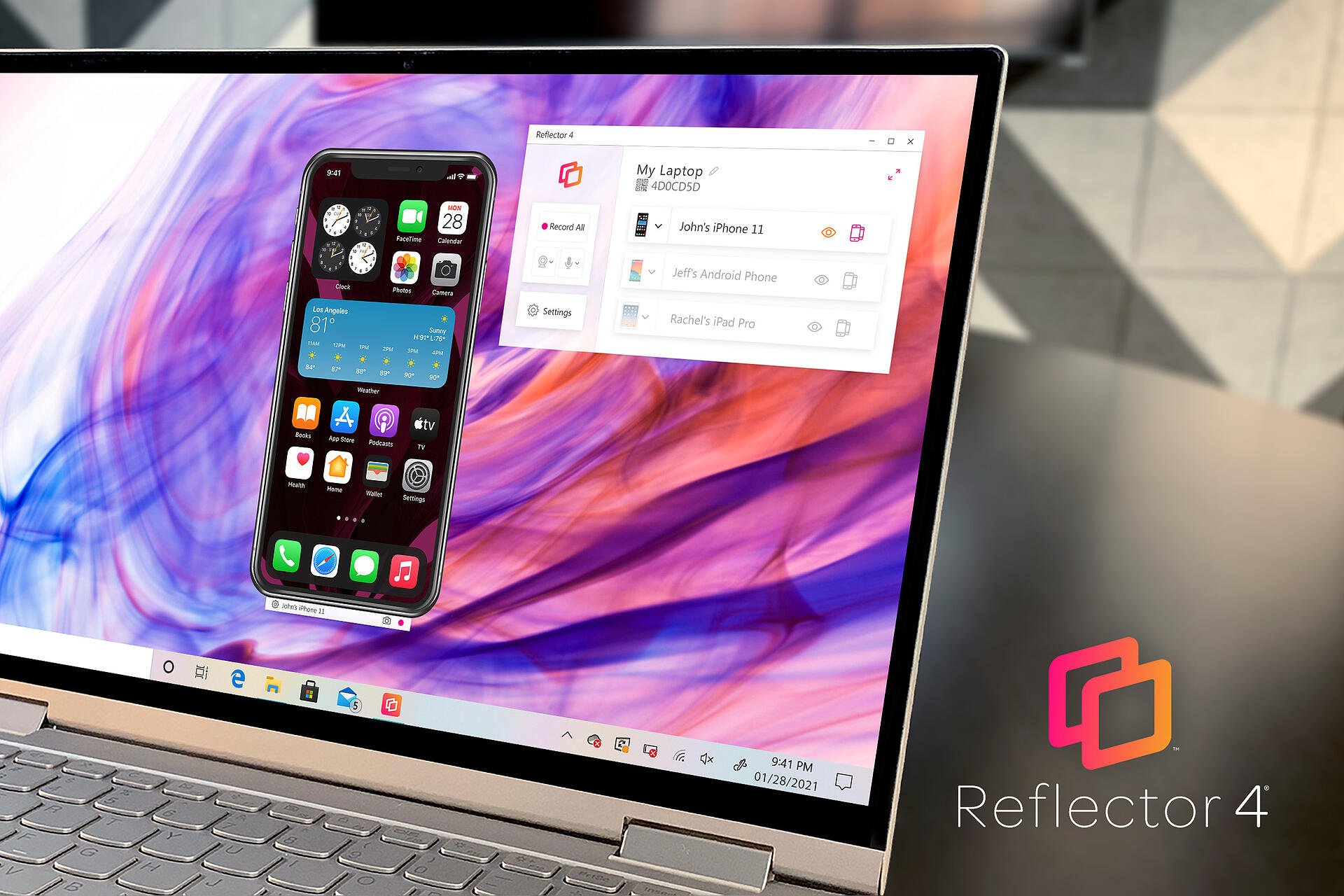

However, we cannot offer deep technical support for customizing this script nor for writing your own scripts. The steps described here have been tested carefully.


We provide the QoS Reflector as an open source project on GitHub.
#Reflector 2 not connecting windows#
The main advantages of the PRTG QoS Reflector in comparison to a remote probe for QoS monitoring are the quick setup and that it is compatible with any platform that runs a Linux-based operating system, so you do not need a Windows device at the connection end. Because of this, you can use it as a QoS endpoint on a device that you plug in at the end of the connection you want to measure, for example, on a small Raspberry Pi. The PRTG QoS Reflector is a Python script that bounces all incoming UDP packets. QoS Reflector for the QoS Round Trip sensor (open source) The source of the packets is a device that you added to PRTG. You can use a remote probe at the connection end for this purpose, or you can use the PRTG QoS Reflector. Regarding the QoS (Quality of Service) Round Trip sensor, the traffic packets are sent back from the end of the line to the source and the sensor measures various QoS parameters of this packet round trip.īecause it is mandatory to have two endpoints for QoS measurements, you need a reflector for the UDP packets at the target. In general, PRTG measures the Quality of Service (QoS) of a connection by sending UDP packets from one end of the connection to the other end of the connection. This article applies to PRTG Network Monitor 19 or later QoS round trip monitoring without remote probes


 0 kommentar(er)
0 kommentar(er)
